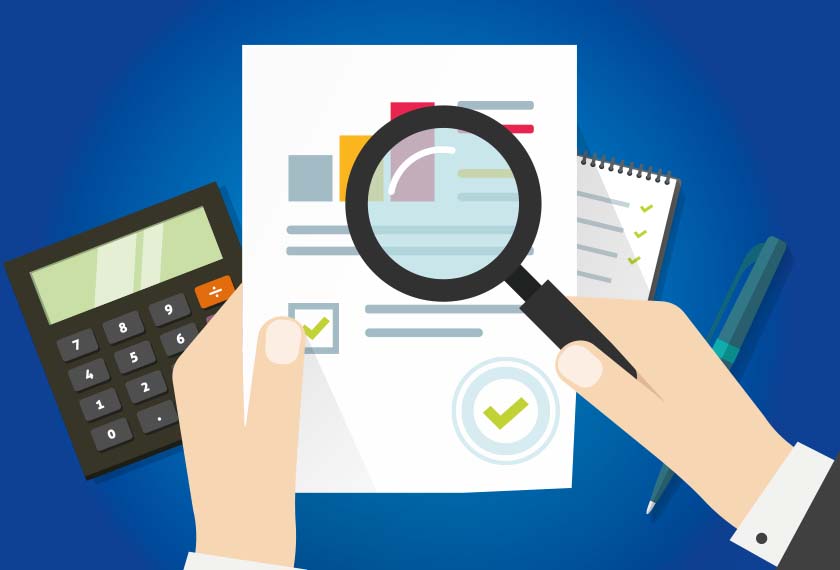Venue Planning
Page updated on: 02/02/2024
Once you have produced a detailed event concept and established that the event is viable, detailed venue planning can take place to progress from event concept to event implementation. The following activities should assist in this process:
Having a scale map of the venue and surrounding area will assist in the early stages of planning. This will help with venue layout design and identifying what is in the area surrounding your event e.g. entrances, exits, offices, storage areas, loading bays, car parks, access routes, etc. Note that sometimes distinctive features of venues such as lower entrances/ceilings, pillars or topographical features may not be obvious from two dimensional plans, so visits are essential. Tools like Google Earth can also be a useful way of viewing the area surrounding your venue.
Having to scale plans of the event and venue are also essential when it comes to communicating with different stakeholders (such as the emergency services or suppliers) and in terms of the building of your event site and development of your venue.
Develop an inventory of all the facilities that the venue has available for you to use e.g. reception areas, kitchens, bars, storage areas, offices, parking areas and loading bays. Note that areas and items you see during a venue visit may not be part of the venue package so, when signing contracts, you should be clear exactly what areas and facilities within the venue you are entitled to use. Where the venue does provide elements such as bars and catering, the terms and conditions around these areas should also be negotiated prior to signing contracts.
You should identify what the venue has in terms of furniture, fixtures, staging, and technical equipment required to run your event and what you are entitled to use. It is also important to consider if you require specialist staff to operate equipment and whether these can or have to be sourced from the venue or if they can/will be brought in separately.
Familiarise yourself with the venue you are using and visualise how the event elements will manifest within the venue. In addition to producing venue plans, physically visiting the venue and visualising how each area will be constructed is essential as it helps identify potential problems in your ideas and plans. During a visit you should also ensure you arrange meetings with staff to discuss the event and how it will operate. You can also learn from venue staff how previous events have run and learn valuable lessons from past events. You can also learn valuable lessons from attending other events at the venue you are planning to use, by observing operations during these events and highlighting positive and negative issues.
Does the venue have sufficient power, wi-fi, water, and gas for your requirements? If not, then you may need to consider additional power generators or temporary water storage. Older venues may have limited power supplies for large scale productions likewise, their toilets may be inadequate if you are expecting large numbers of people. You should consult with suppliers of sound and lighting equipment to ascertain their requirements and liaise with the venue to ascertain if they can be accommodated within the existing infrastructure of the venue or not.
You should produce clear scale drawings of the venue noting aspects such as performance areas, staff, and guest areas. This will then tie into aspects such as security, personnel deployment and passes for controlling access around your venue. Other points for consideration include the location of catering and bars (these may be fixed or flexible), merchandise and retailing, toilets, first aid and possibly emergency services.
As part of your venue planning you also need to carefully consider your audience and logistics surrounding their movement both to and within the venue. From an external perspective, signage around the venue, both to the event and parking facilities, can help smooth the flow of traffic and pedestrian movement. You can also facilitate and encourage use of specific routes through pre-event information and providing additional transport services such as shuttle buses if appropriate.
Depending on the anticipated numbers of people, crowd control can be a serious challenge for event organisers, especially those outdoors in temporary venues and those during the night when visibility can become an issue. It is always advisable to seek advice from a specialist event security company on aspects such as the construction of crowd barriers, security deployment plans and emergency planning and communications. Crowd management is another area requiring specialist input to ensure that there is an appropriate distribution of people within the event site, to avoid congestion, enhance the experience and minimise queuing.
The HSE website has guidance on crowd management.
If your event is of a sufficient size and scale, you will also require the input of the emergency services and may well be required to attend the Carmarthenshire Safety Advisory Group.
The Health & Safety at Work Act (1974) places a statutory duty of care upon employers to protect the health and safety of all those affected by their activity. Employees have a similar statutory obligation to protect the health and safety of themselves and their colleagues. In the Events industry, the statutory obligations cover a duty of care to employees, contractors, artists, participants, and the public.
It is a legal obligation for all events to conduct risk assessments to identify risks arising from the event. In order to do this, it is valuable to consider the different phases of the event including building the event site/venue, getting the audience into the event, running the event, getting the audience out of and away from the event and event de-rig and venue clearing. You can then assess the risks arising in each phase of the event. Risk assessment involves a process of identifying hazards associated with the event, considering the risks arising from hazards and putting in plans and control measures to minimise harm.
The basic risk assessment process is:
- Identify the hazards associated with the event
- Identify the groups at risk and reasons why
- Assess the levels of risk – severity and probability
- Identify precautions and control measures to mitigate risks
- Assess the levels of risk – severity and probability
- Record and communicate
- Evaluate after
The Health and Safety Executive advice on getting started on event safety is a valuable starting point
The objectives of licensing are the prevention of crime and disorder, public safety, prevention of public nuisance and the protection of children from harm.
You need to obtain a licence for the following activities:
- Sell alcohol
- Provide regulated entertainment
- Sell late night refreshments (hot food or drink between 23.00pm and 5.00am
In the context of the licensing act ‘regulated entertainment’ constitutes the following:
- Plays
- Film exhibitions
- Indoor sporting events
- Boxing or wrestling exhibitions
- Live music (karaoke included)
- Recorded music
- Dancing by the public or performers
However, you do not require a licence for the following activities:
- Films which are solely or mainly to demonstrate a product, advertise goods or services, or provide information, education, or instruction
- Films as part of an exhibition in a museum or gallery
- TV and radio broadcasts, providing they are shown “live” and not recorded
- Religious meetings or services
- Entertainment in places of public religious worship
- Garden fetes (unless held for private gain)
- Entertainment provided in a moving vehicle
- Morris dancing
- Incidental entertainment
There are different types of licences required for events;
All venues will require either a premises licence or a temporary events notice (TEN) to stage/host licensable activities. If the total capacity of the event, including staff and performers is below 499 then you can apply for a TEN (if your venue does not already hold a licence). If capacity is 500 or more, you need to apply to us for a premises licence.










